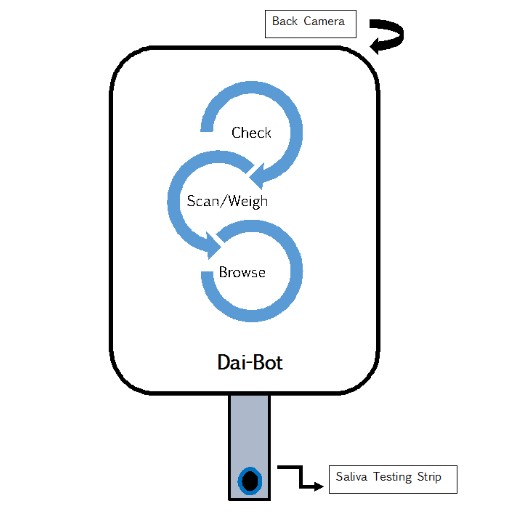Connected Health: wearable drug delivery devices
Looking ahead to the future of chronic disease management it’s imperative that the pharmaceutical industry remains focused on collaboratively improving medication adherence and improving patient outcomes, as this will have a positive impact on some of the most significant and costly issues in healthcare delivery. As patients and healthcare providers are increasingly looking to technology in pursuit of improved wellness – especially to manage chronic diseases – providing new, innovative approaches, such as connected health applications will be critical to truly impacting the way patients receive their care and the effective treatment of chronic conditions.


